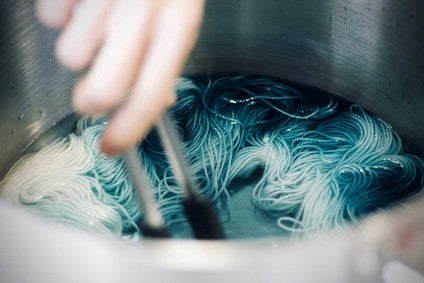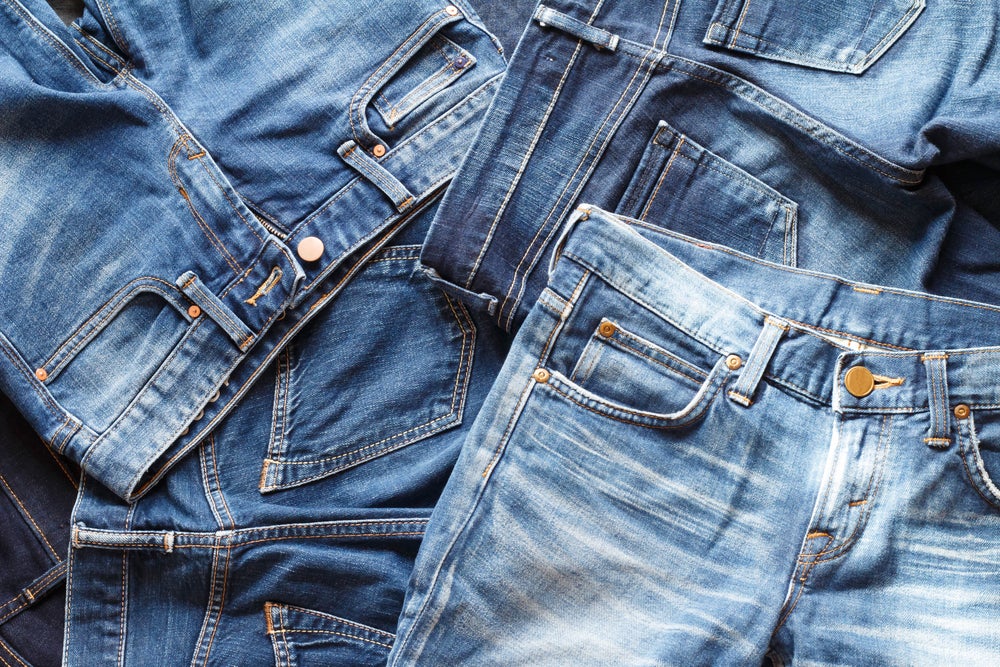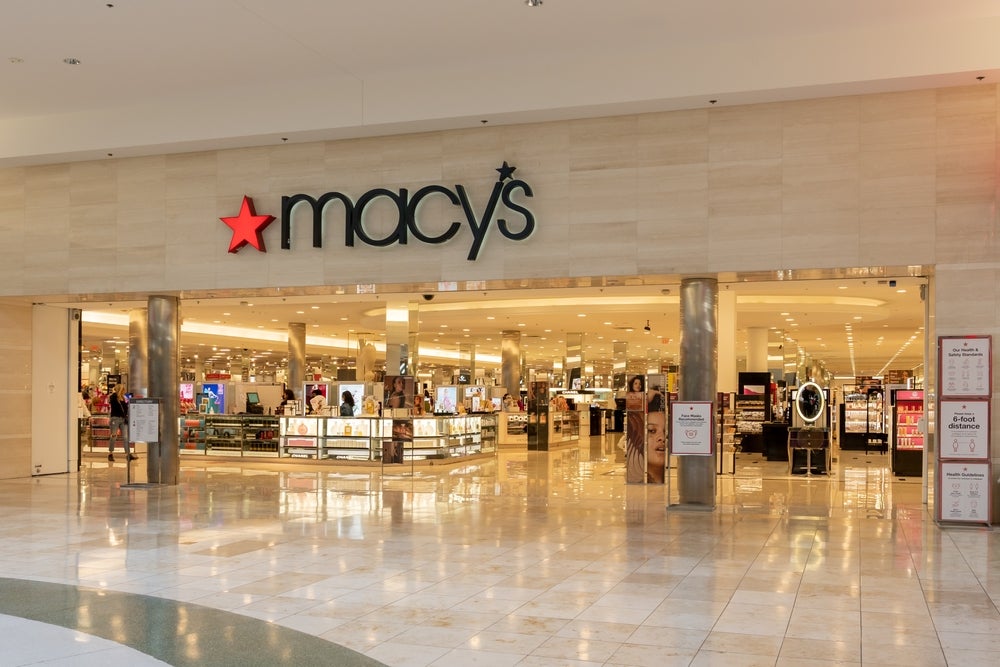
A pilot project to assess the feasibility of a new wastewater treatment system at scale is said to have provided encouraging results for future implementation of the technology in the apparel supply chain.
Conducted by global sustainable fashion innovation platform Fashion for Good – with support from Arvind Limited, Bestseller, C&A and PVH Corp – the pilot is part of a wider bid to seek cost-effective solutions for sustainable wastewater treatment.
It assessed a new system developed by start-up SeaChange Technologies, which is a participant in Fashion for Good’s Scaling Programme.
The firm has developed an innovative mechanical system, dubbed the ‘Starling’, where wastewater or sludge is heated, pressurised and injected as an aerosol into a cyclonic separator. This single-step process draws out unwanted materials, microplastics and other non-biodegradable components from the water.
Due to the heat and presence of oxygen in the air, these organic compounds then undergo thermal oxidisation causing them to degrade to CO2. This is done by generating near-critical water conditions, where about 5-10% of the water mass becomes ionised. When water ionises, it creates free radicals that can destroy most organic material. By using heat from the organic oxidation process, energy use in maintaining this near-critical environment is incredibly efficient, using only about 60% of what would otherwise be required for water vapourisation.
See Also:
The process enables treatment of wastewater while eliminating the production of sludge and mitigating greenhouse gas emissions; the CO2 generated is said to be a small fraction of the greenhouse gasses generated by conventional processes.
How well do you really know your competitors?
Access the most comprehensive Company Profiles on the market, powered by GlobalData. Save hours of research. Gain competitive edge.

Thank you!
Your download email will arrive shortly
Not ready to buy yet? Download a free sample
We are confident about the unique quality of our Company Profiles. However, we want you to make the most beneficial decision for your business, so we offer a free sample that you can download by submitting the below form
By GlobalData“SeaChange has made substantial progress in just over two years as a Scaling Programme participant, culminating in this pilot, which provides them the momentum needed to further scale their technology,” says Katrin Ley, managing director of Fashion for Good.
A conventional wastewater treatment process is very complex, involving multiple different steps, cleaning the wastewater further with each technique. SeaChange’s technology is able to plug into several existing points of the conventional system.
The three-month pilot was conducted at Arvind Limited’s Effluent Treatment Plant near Gujarat, India – one the world’s largest textile manufacturing operations.
The technology was tested in multiple different waste streams including sludge, dyeing concentrates and combined effluent, reverse osmosis reject and mother liquor.
Reverse osmosis is a process by which a solvent passes through a porous membrane in the direction opposite to that for natural osmosis when subjected to a hydrostatic pressure greater than the osmotic pressure. While mother liquor is the liquid concentrate that is left after crystallisation or other similar water treatment processes. It is generally a very high concentration waste product.
A typical dyehouse generates one to three tonnes of sludge per day from wastewater treatment, costing more than US$200,000 annually for its disposal and generating over 5,000 tonnes of greenhouse gases a year, according to Fashion for Good.
“Across thousands of suppliers and/or dyehouses, these costs are tremendous and only increasing as options for its safe disposal become more limited under public pressure to improve sustainability. Implementing the SeaChange system into their treatment facility will effectively eliminate such costs as well as the associated environmental impacts.”
In the coming year, SeaChange will be pursuing funding and strategic partnerships in order to implement the commercial application of its system on a wide scale.







